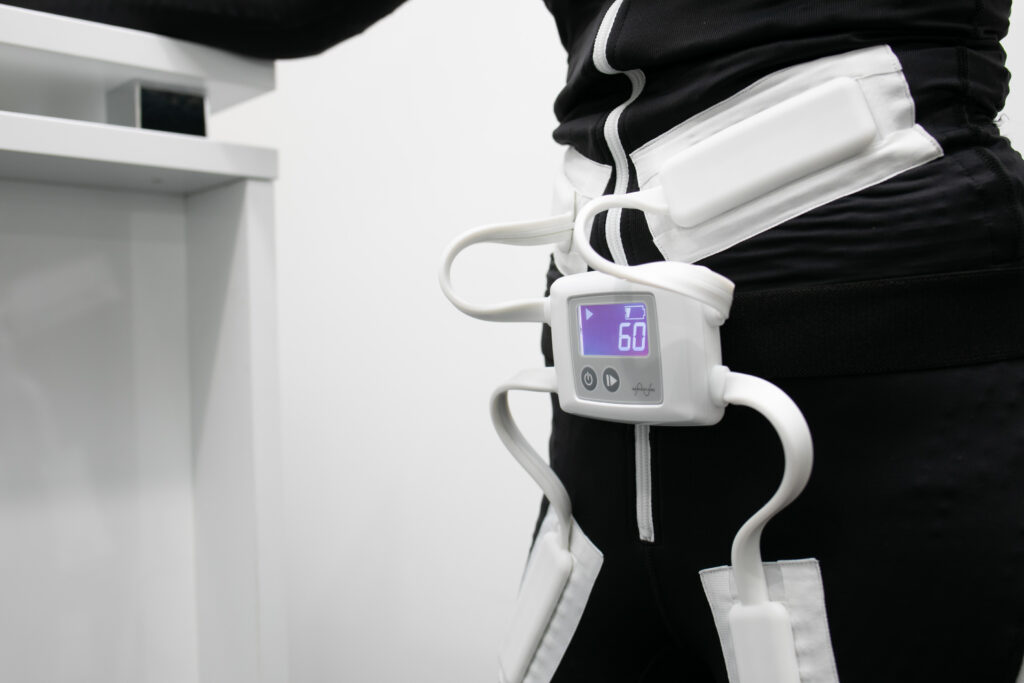Cerebral Palsy also commonly called CP is a neurological disorder caused by brain damage. It usually happens, to the immature brain which is developing, before birth. Cerebral Palsy’s signs and symptoms appear during infancy or in early childhood. Cerebral Palsy refers to a group of disabilities, ranging from mild to severe. The symptoms for this disease may all be inter-related, and most of the time, every patient faces unique experiences resulting from Cerebral Palsy. CP may, in general, cause impeded movements related to anomalous reflexes, sagging or rigidity of the limbs, abnormal posture, impulsive movement, unstable walking, or a combination of some of those.
Common potential issues a patient with Cerebral Palsy may face include:
- Movement and walking disability
- Hearing or vision loss
- Spinal deformities
- Joint problems
- Speech difficulties
- Learning disabilities
- Cognitive impairments
- Epilepsy
- Emotional and behavioral challenges
Cerebral Palsy can also create problems in swallowing food and commonly induce eye muscle imbalance, in which both eyes cannot focus on the same object. How Cerebral palsy affects body functioning varies greatly. Some CP patients can walk by themselves; others need assistance. Some people have normal or near-normal intellect, but others have intellectual disabilities. Epilepsy, blindness, or deafness also may result from Cerebral Palsy.
Causes of Cerebral Palsy
Brain damage is the main reason behind Cerebral Palsy and can be triggered by many different ways. The exact cause of cerebral palsy, for this reason, can’t always be determined. Poor brain development in the womb, maternal infections, disruption of blood flow to the developing brain, ingestion of toxins or drugs during pregnancy, genetic conditions, complications related to premature delivery, and damage to the head or skull during delivery are some of the common causes of Cerebral Palsy.
It is possible that negligent medical mistakes can cause brain damage during pregnancy or childbirth. In some cases, errors are not actually negligence but could not be prevented; however, malpractice or professional negligence resulting in cerebral palsy includes:
- Anything that limits oxygen supply to the baby during birth
- Un necessary or excessively forceful use of a vacuum extractor
- Failure to determine need of a C-section or performing one in time to prevent brain damage
- Failure to monitor fetal development during pregnancy
- Distress during labor
- Inadequate handling of maternal health conditions during pregnancy
Types of Cerebral Palsy
1. Spastic Cerebral Palsy: accounts for 75 percent of all cases. It causes increased muscle tone, known as spasticity which results in delayed development of movement, Stiff and spastic muscles, difficulties controlling muscle movement, and difficulties moving from one position to another.
2. Dyskinetic Cerebral Palsy: the second most common type of CP which causes repetitive and twisting motions, writhing movements, poor posture, painful movements, and difficulty swallowing or talking.
3. Ataxic Cerebral Palsy is the least common type of CP which causes poor balance, limited coordination, tremors, and shaky movements that are difficult to control.
4. Mixed Cerebral Palsy causes symptoms which are a combination of two or three of the other types. Spastic-dyskinetic cerebral palsy is best example of mixed CP.
Case study
‘Synergistix Allied Health’ is one of the emerging organizations which offer a multidisciplinary approach to health and well-being by providing specialist services in the area of Exercise Physiology, to elevate overall life quality of patients with neurological conditions such as chronic pain and motor disorders.
Synergistix Allied Health is pioneer in introducing modern Assistive Technology systems and ‘Mollii Suits’ is one of their brilliant Assistive Technology products. Mollii is an assistive device, providing a unique, mild, low frequency electro-stimulation therapy via a comfortable 2-piece suit specifically programmed to the needs of the individual.
The Suit works very affectively to alleviate the effects of spasticity and difficulties in controlling voluntary movement, provide the opportunity for active and controlled actions, functional improvements in muscles, and hence increase the chances to live a dignified and active life for the patients.
Katie, a 2 years old female diagnosed with Cerebral Palsy, is one of the patients who are treated by Synergistix Allied Health using Mollii Suit technology for therapy. Her diagnosis resulted in extremely low muscle tone, and severely delayed motor development and reaching developmental milestones.
Before therapy Katie was unable to sit unassisted, she had very limited neck control, could not track movements, severe motor function delay, and wasn’t reaching developmental milestones.
Katie initially was using the suit on a weekly basis, where health professionals team at Synergistix Allied Health, started to observe positive changes. After 4 or 5 sessions in the suit, she began to turn to sounds, had the ability to track moving objects, began to engage core and postural musculature and started to reach for objects.
A couple of months into therapy, Katie’s parents decided to rent the suit for use at home during COVID-19. At home Katie used the suit on a daily basis. Her mother reported that undergoing therapy at home was not only safe, but also very convenient as Katie was able to undergo therapy as part of her daily routine.
After 4 months of in-home daily therapy, Katie is now able to sit for short periods unassisted; she can hold a four point kneeling position, can lift her head and support her neck unassisted. Katie’s Physiotherapist is astounded with her progress stating that Katie is now “doing things she’s never seen her do before”. Whilst Katie is not yet walking on her own, she continues to undergo therapy and continues to make positive progress in working towards her goals and milestones.

